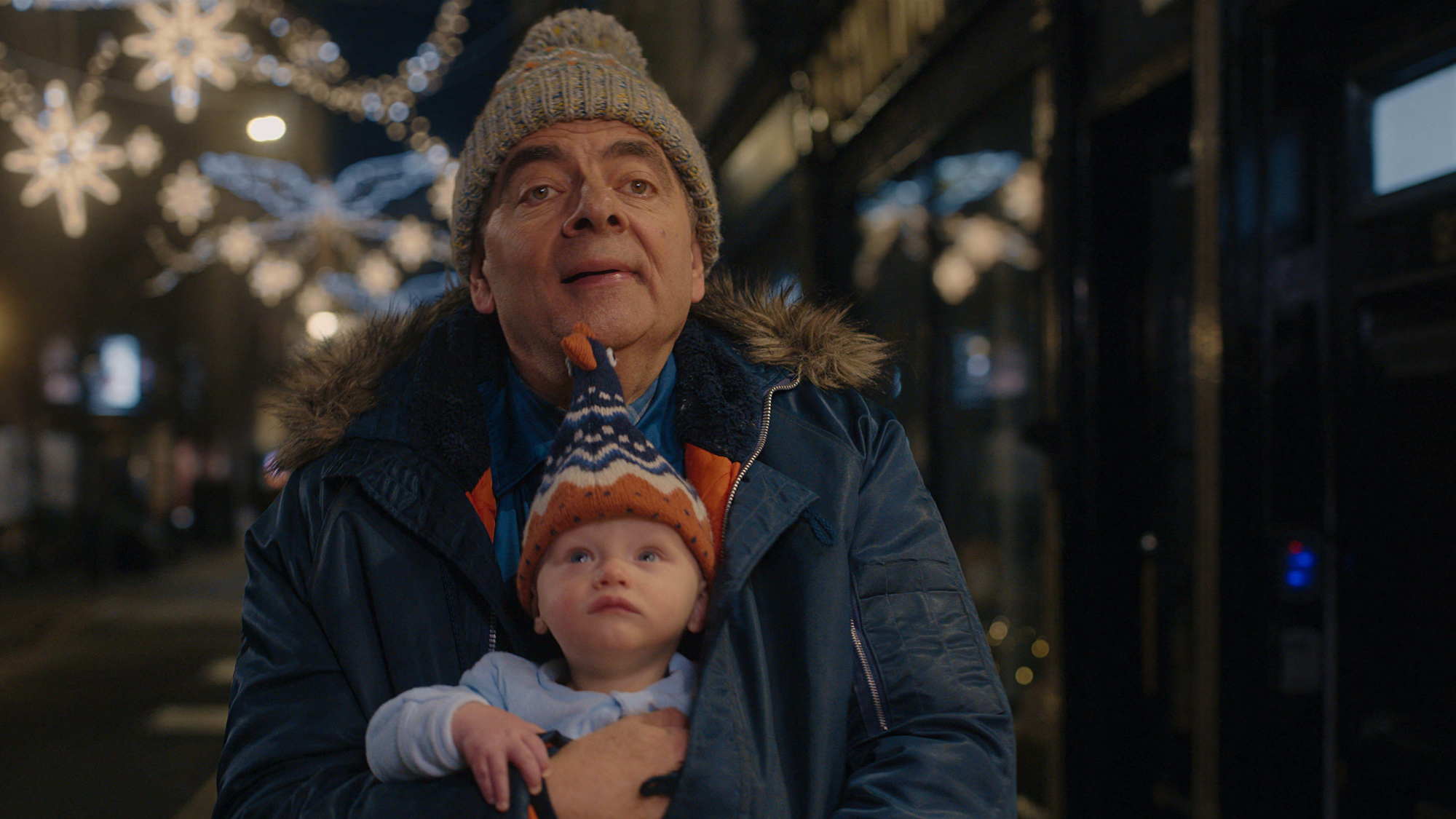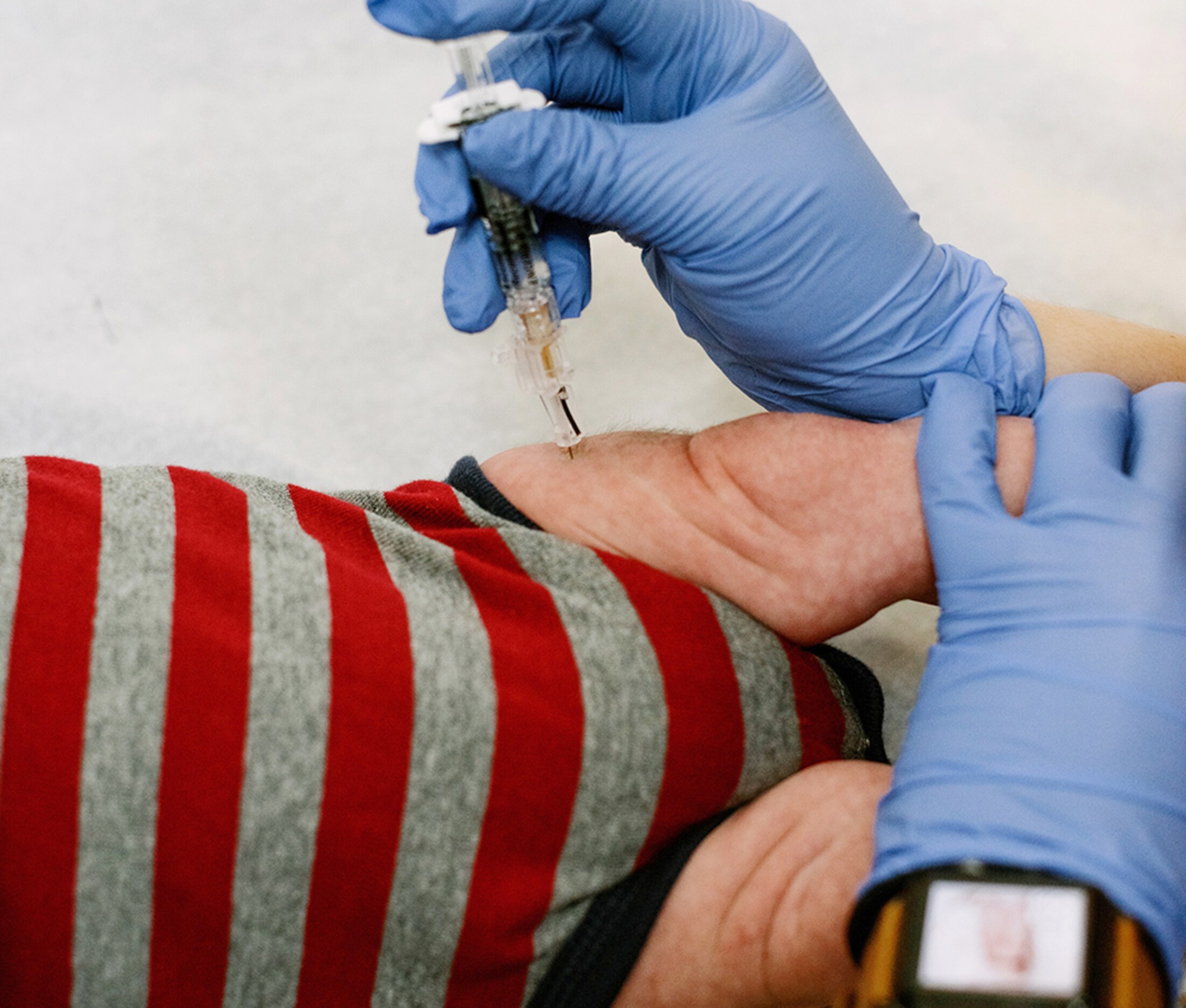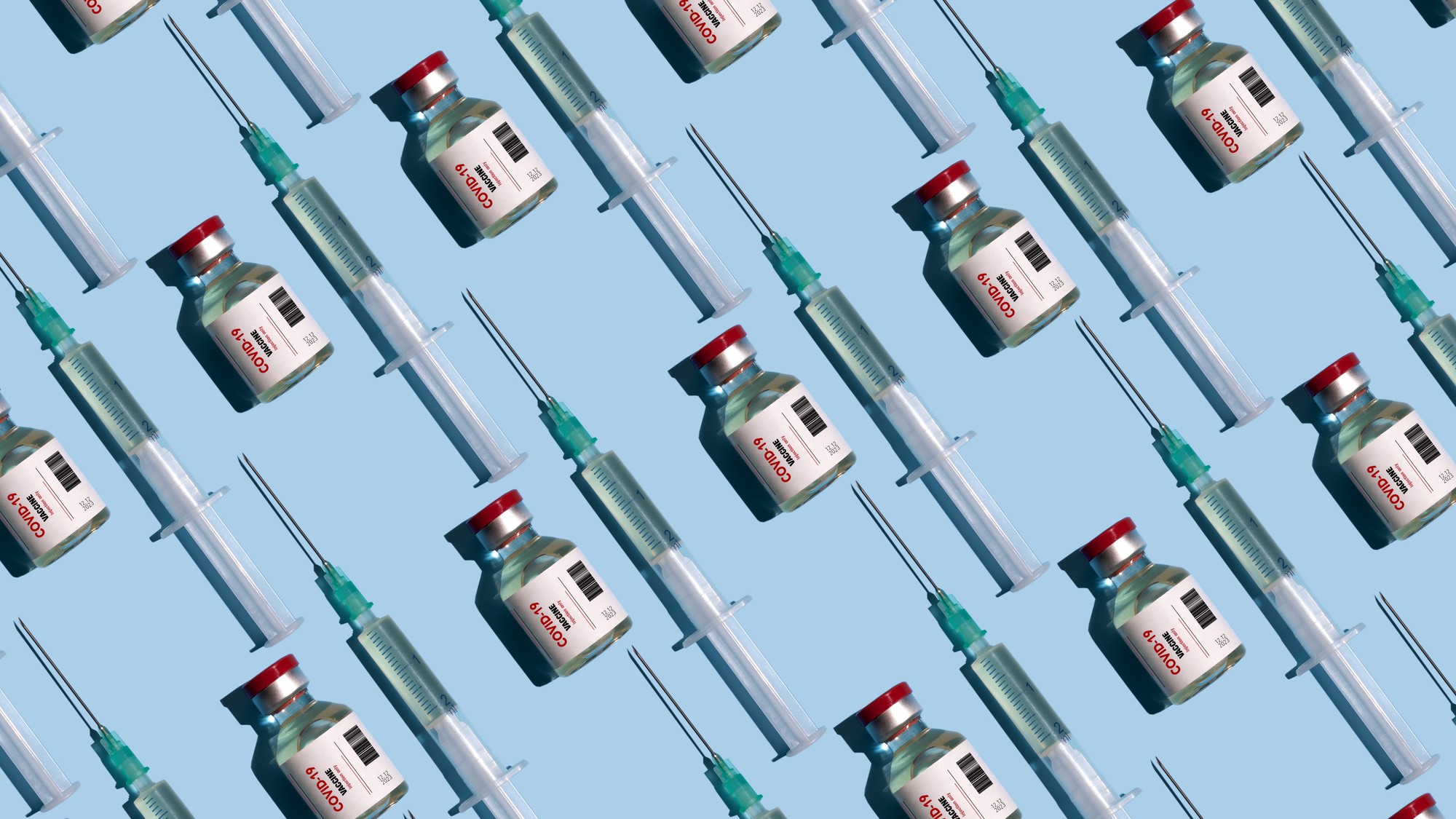Red America is now dying from COVID-19 at a clearly higher rate than blue America

By the end of 2020, there was no discernible difference between the rate of people who died of COVID-19 from areas that voted for President Biden and those who voted for former President Donald Trump — but "then the vaccines arrived," and "they proved so powerful, and the partisan attitudes toward them so different, that a gap in COVID's death toll quickly emerged," David Leonhardt writes in Monday's New York Times. And now, "the gap in COVID's death toll between red and blue America has grown faster over the past month than at any previous point."
Residents of heavily Trump counties were more than three times likelier to die from COVID in October than those in heavily Biden countries — 25 per 100,000 versus 7.8 per 100,000 — Leonhardt reports. "Some conservative writers have tried to claim that the gap may stem from regional differences in weather or age, but those arguments fall apart under scrutiny." In fact, he argues, the "straightforward" explanation is that "the vaccines are remarkably effective at preventing severe COVID, and almost 40 percent of Republican adults remain unvaccinated, compared with about 10 percent of Democratic adults."
So while the pandemic has shifted regions, Leonhardt writes, "COVID deaths have been concentrated in counties outside of major metropolitan areas. Many of these are in red states, while others are in red parts of blue or purple states, like Arizona, Michigan, Nevada, New Mexico, Pennsylvania, Oregon, Virginia, and even California.""
The Week
Escape your echo chamber. Get the facts behind the news, plus analysis from multiple perspectives.

Sign up for The Week's Free Newsletters
From our morning news briefing to a weekly Good News Newsletter, get the best of The Week delivered directly to your inbox.
From our morning news briefing to a weekly Good News Newsletter, get the best of The Week delivered directly to your inbox.
"This situation is a tragedy, in which irrational fears about vaccine side effects have overwhelmed rational fears about a deadly virus," Leonhardt writes, but the good news is that the partisan gap very well may have peaked, thanks to promising new antiviral COVID-19 medications from Pfizer and Merck and greater natural immunity in hard-hit red America. There are caveats, like that natural immunity appears to be weaker than vaccinated immunity, and that so much about the pandemic is still mysterious. Read more at The New York Times.
A free daily email with the biggest news stories of the day – and the best features from TheWeek.com
Peter has worked as a news and culture writer and editor at The Week since the site's launch in 2008. He covers politics, world affairs, religion and cultural currents. His journalism career began as a copy editor at a financial newswire and has included editorial positions at The New York Times Magazine, Facts on File, and Oregon State University.
-
 Turner Prize 2025: ‘artistic excellence’ or ‘cultural nonsense’?
Turner Prize 2025: ‘artistic excellence’ or ‘cultural nonsense’?Talking Point Work by the four artists nominated for this year’s award is on display at Bradford’s Cartwright Hall
-
 Man vs Baby: Rowan Atkinson stars in an accidental adoption comedy
Man vs Baby: Rowan Atkinson stars in an accidental adoption comedyTalking Point Sequel to Man vs Bee is ‘nauseatingly schmaltzy’
-
 Goodbye June: Kate Winslet’s directorial debut feels like a ‘John Lewis Christmas TV ad’
Goodbye June: Kate Winslet’s directorial debut feels like a ‘John Lewis Christmas TV ad’Talking Point Helen Mirren stars as the terminally ill English matriarch in this sentimental festive heartwarmer
-
 A fentanyl vaccine may be on the horizon
A fentanyl vaccine may be on the horizonUnder the radar Taking a serious jab at the opioid epidemic
-
 Health: Will Kennedy dismantle U.S. immunization policy?
Health: Will Kennedy dismantle U.S. immunization policy?Feature ‘America’s vaccine playbook is being rewritten by people who don’t believe in them’
-
 How dangerous is the ‘K’ strain super-flu?
How dangerous is the ‘K’ strain super-flu?The Explainer Surge in cases of new variant H3N2 flu in UK and around the world
-
 Vaccine critic quietly named CDC’s No. 2 official
Vaccine critic quietly named CDC’s No. 2 officialSpeed Read Dr. Ralph Abraham joins another prominent vaccine critic, HHS Secretary Robert F. Kennedy Jr.
-
 This flu season could be worse than usual
This flu season could be worse than usualIn the spotlight A new subvariant is infecting several countries
-
 Covid-19 mRNA vaccines could help fight cancer
Covid-19 mRNA vaccines could help fight cancerUnder the radar They boost the immune system
-
 FDA OKs generic abortion pill, riling the right
FDA OKs generic abortion pill, riling the rightSpeed Read The drug in question is a generic version of mifepristone, used to carry out two-thirds of US abortions
-
 The new Stratus Covid strain – and why it’s on the rise
The new Stratus Covid strain – and why it’s on the riseThe Explainer ‘No evidence’ new variant is more dangerous or that vaccines won’t work against it, say UK health experts
